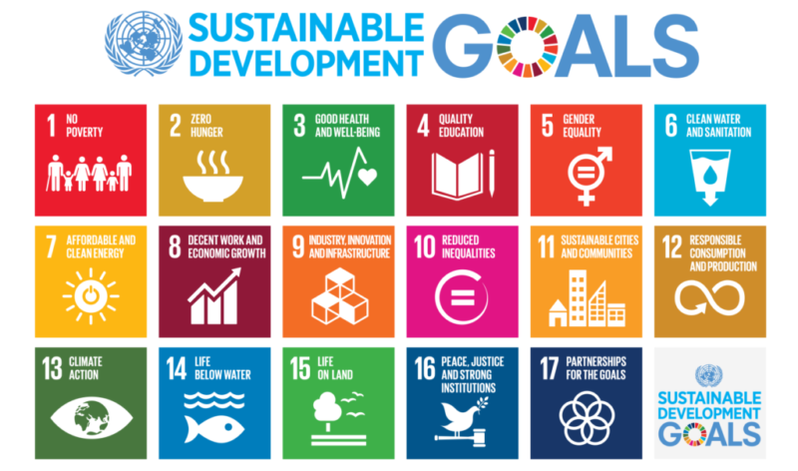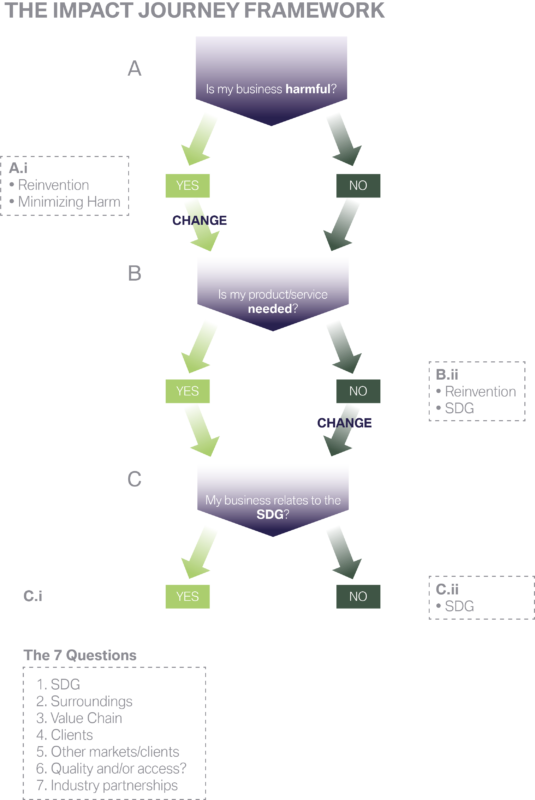Social Impact InsightsOur blog provides insights for social impact professionals in business and nonprofits. We offer advice on making the greatest impact in your organization by giving clear real-world advice on important topics of today.
|
 Written by Julia M. Profeta Johansson for the Twenty Thirty Blog: 7 Ways to Rethink Your Business through an impact lens. There are three big questions that you can ask yourself to kick-start the process to become an Impact Business:
If your operation somehow already relates to one of the topics, the first step is to identify a specific target within that topic that you can intentionally improve through your business. The next step is to create a strategy with defined indicators, so you can measure your progress towards that target. Please note – simply working in an industry related to these topics does not guarantee that you are generating positive social/environmental impact. Unfortunately, this is something that we see happening more and more: people claiming to be impact businesses just because the business is in education or healthcare, for instance. We saw a lot of “green washing” back in the 2000s, when the topic of environmental sustainability became trendy. Now, we are at risk of seeing more “social washing.” That’s why in my previous article I recommend starting slowly and not getting attached to labels. It can be a long way to really become an impact business, especially if you are not a start-up, but it can be done. And you have to start somewhere. Going back to our process then, the following workflow may help to guide you through this thinking process of understanding where you are now and what are the first steps you can take.
After thinking about all these questions, there is a tool that can be helpful in framing the impact vision of the business and figuring out which KPIs, on an operational and impact level, will help move the business towards that vision. This tool is the Theory of Change. Theory of Change is a framework to define the impact vision of a business. It considers 3 different layers: inputs, outputs, and outcomes. Analyzing its inputs (products, services, etc.), it is possible to understand the outputs and design the desirable outcomes of the operation. Simply put, determine operational indicators in relation to what’s core in your operation (outputs) that in turn will lead to more in depth indicators, the outcomes, which should be the true impact generated, reflecting the impact vision of the business. The questions to ask when rethinking and repositioning a business, through the impact lens, are practically endless, but I hope this article has provided a starting point if you are interested in the topic. Written byJulia M. Profeta Johansson is an impact investing and venture capital specialist based in Berlin, Germany. Julia was previously a partner at Vox Capital, the first impact investing fund manager in Brazil. Before that she also worked with Yunus Social Business, Rocket Internet, Itaú BBA, and Mundo InNova. She is more than happy to continue this conversation and help your business start this journey of more intentional impact.
0 Comments
Leave a Reply. |
 RSS Feed
RSS Feed





